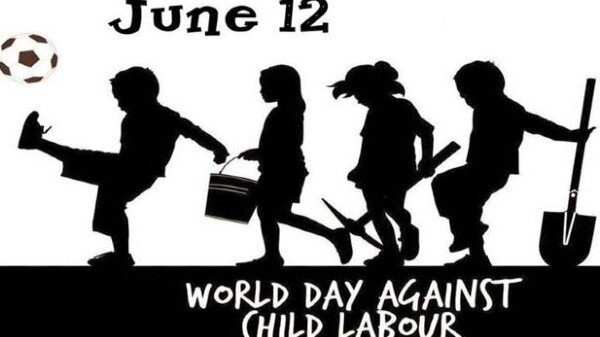
Studying law is not an easy task because students need to be attentive, critical while solving piles of legal case studies and assignments. Students need to memorise each legal code, and system of a certain country. However, today’s topic is of taking a step ahead of child labour. So let us first know about Child Labor and regulatory against it.
According to United Nations 12 June, 2020 is regarded as the World Day against Child Labour, sanctioned by Labour Organization in 2002 with aim of spreading awareness about this societal bane in the name of child labour. From pre-industrial revolution till today, children have been subjected to suffer socio-economic shocks and are pushed to labour market by their parents. In 21st century, it is expected that 246 million child labour in global platforms among which 180 million are involved in worst kind of hazardous works.
International Labour Organization (ILO) under convention 138 (1973) and 182 (1999) defined child labour who are younger than 12 and between 12-14 years old involved in light work. All children of age group between 12 or younger to 17 years who are forcibly, pushed, or trafficked into any hazardous work are also regarded as child labour. This social position hampers child’s right to a normal physical and mental development. In the age of playing in grounds, they are tricked to labour markets devoid of proper access to food, health and educational opportunities. Child labour is global social issue and to restrict it nothing can replace the importance of law and orders.
Thus, child labour laws can be defined as intervention of laws in order to prevent child labour. This social reformation started back in 19th century. History of child labour laws could be traced back to the earlier days of 1800s. In 1803, the first labour Act was passed in Britain. During the 1830s both the federal state governments highly condemned this act of child labour and demanded for legal intervention. In early 1930s, Federal child labour law was unconstitutional according to Supreme Court. However, to resolve this issue, during late 1930s, Supreme Court implemented federal child Labour Standards Act to restrict child employment.
Toughens Child Labour Law is implemented in California to reset working hours for minors so that they are not deprived of health and education. Children aging between 14-15 years are settled to have 3 working hours during school days and 8 working hours during holidays. In India, cheap labour market, family tradition and lack of education are prime reason behind this issue. According to Child Labour (Prohibition and Regulation) Act, 1986, any children below 14 years old are prohibited to any employment. Thus, through years these laws are evolving to ensure a better future for our children.

Comments
There are currently no blog comments.